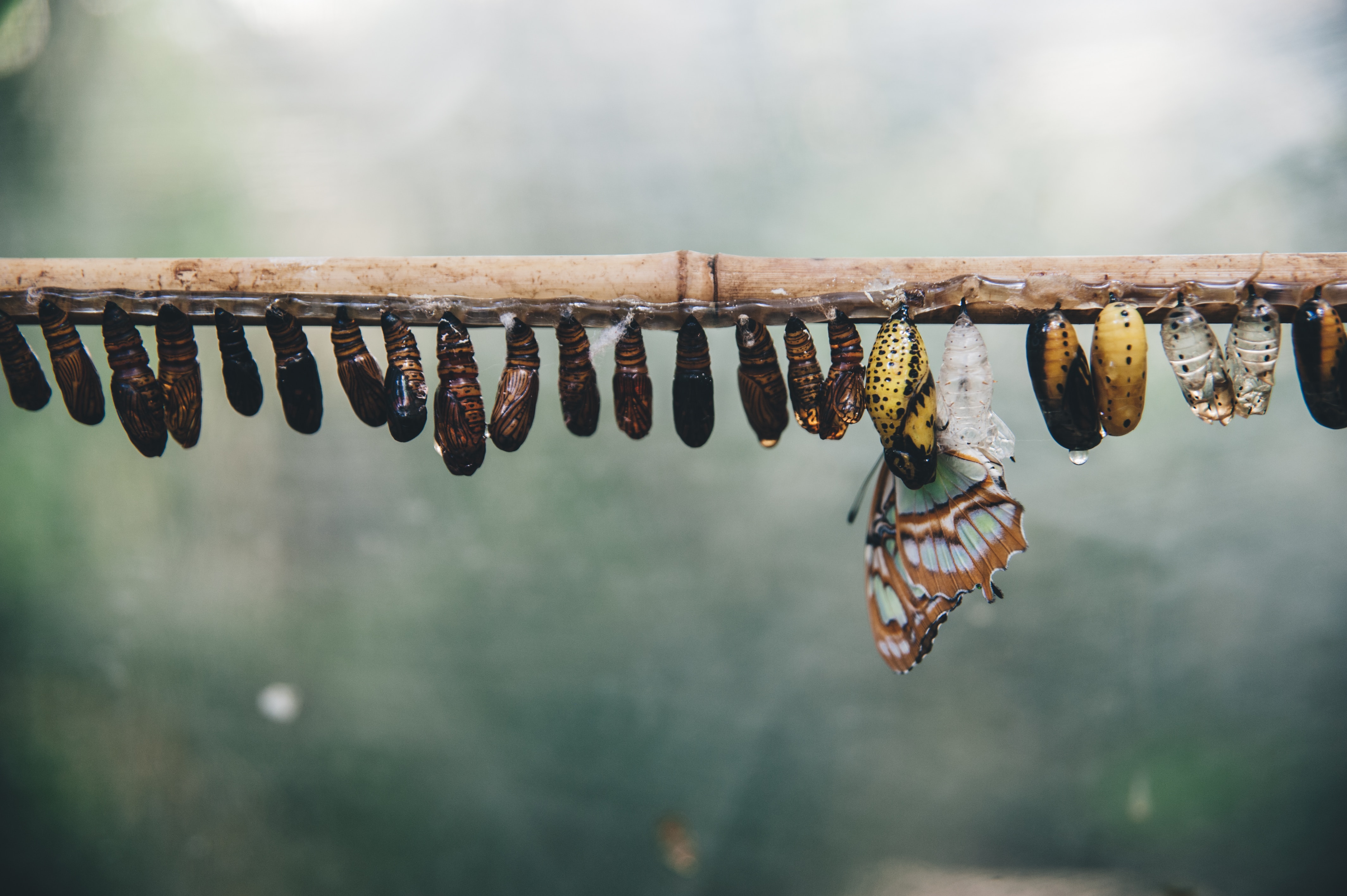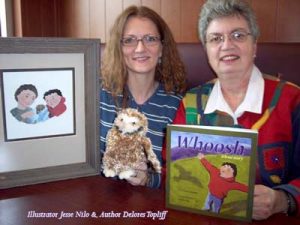by Delores Topliff, @DeloresTopliff
There’s an ongoing debate between writing plotsters, pansters, and those who hang their hat somewhere in between. I respect plotsters who faithfully outline their stories. They know their plot points and the beginning, middle and end. The image I get for them is like when I was a kid daily practicing piano scales up and down the keyboard until I could do them accurately and fast. I didn’t always see the connection between scales and sitting on the piano bench at our end-of-year recital to play by rote through my piece, despite feeling terrified and numb, but those daily scale got me through the recital to the ice cream shop reward visit afterwards.
But, let’s also welcome spontaneity. I remember one day doing family laundry when the first line of a poem arrived from nowhere to tickle my brain. Determined not to lose it, I paused the washing machine between Wash and Rinse, grabbed a pencil and wrote those words down. What grew later from that captured opening line was one of my best poems ever.
What if I hadn’t paused? What if I had let that sudden inspiration fly by? Great ideas—even masterpieces—are lost that way. Years later, when my oldest son wrote his first spontaneous poem arising from sudden deep emotion, he penned it in one sitting on the back of an envelope. And it was good.
Many writers keep notebooks and pens by their bedsides for ideas or dreams in the night. I don’t go that far. I try to carry a notebook in my purse, but sometimes forget. Toting one is like mounting an action motion camera in the woods to capture the nighttime creatures that walk there, capturing scenarios of drama and mystery that escape those of us who are not watching. What if some didn’t venture down woodland paths and wonder? Or set cameras?
Some of my best poems came to life on the backs of envelopes, or even checkbook stubs. Capture your key thoughts. Develop them afterward like artists who begin with thumbnail sketches but then think deeply and gather perfect materials to display their masterpiece.
Does that mean there’s less place for a faithful plan before you write? No. That’s how the bulk of most real writing gets done. But stay sensitive, stay tuned and ready also for the fleeting chimera that flits across our path like spring’s first butterfly to be memorialized in today’s journey and assuring us that winter will leave. If we wait for the butterfly’s first visit but do nothing more, our collection of written work will remain pitifully small.
Write. Put your seat in the chair with the commitment that generates steadily rising word count. Invest committed hours, but also stay watchful and open for the unexpected beauty of sudden inspiration.
Now, it’s your turn. Which writing approach do you prefer?
When are your best writing times and why?
 Visit Delores and her blog posts and Books and CD page at delorestopliff.com. Find and like her Facebook Author page at Delores Topliff Books.
Visit Delores and her blog posts and Books and CD page at delorestopliff.com. Find and like her Facebook Author page at Delores Topliff Books.
Her beautifully illustrated children’s books include Whoosh a true story, Woodsy, the Wonder Bear, and two rhymed children’s adventures, Little Big Chief: The Bear Hunt and Little Chief and Ogopogo (based on an often-observed North American deep-lake creature like the Loch Ness monster). Order signed copies by emailing Delores@delorestopliff.com any time.
Her true stories appear in Revell, Bethany House, and Guideposts compilation books. Her agent, Julie Gwinn of the Seymour Agency, is marketing two historic novels while Delores completes a true travelogue proving it’s possible to have fun and travel safely even in grandma years. In fact, travel is Delores’s favorite form of learning.


